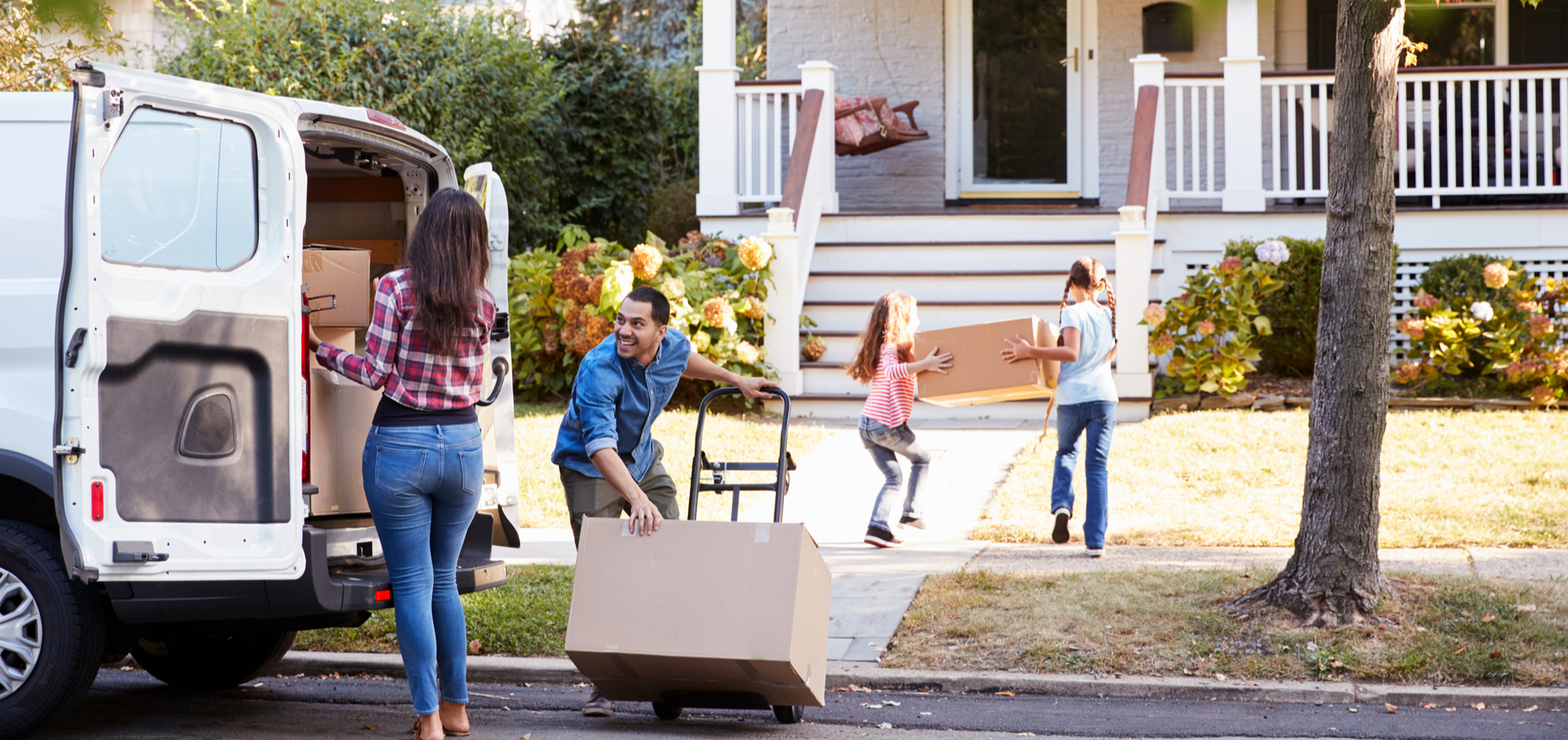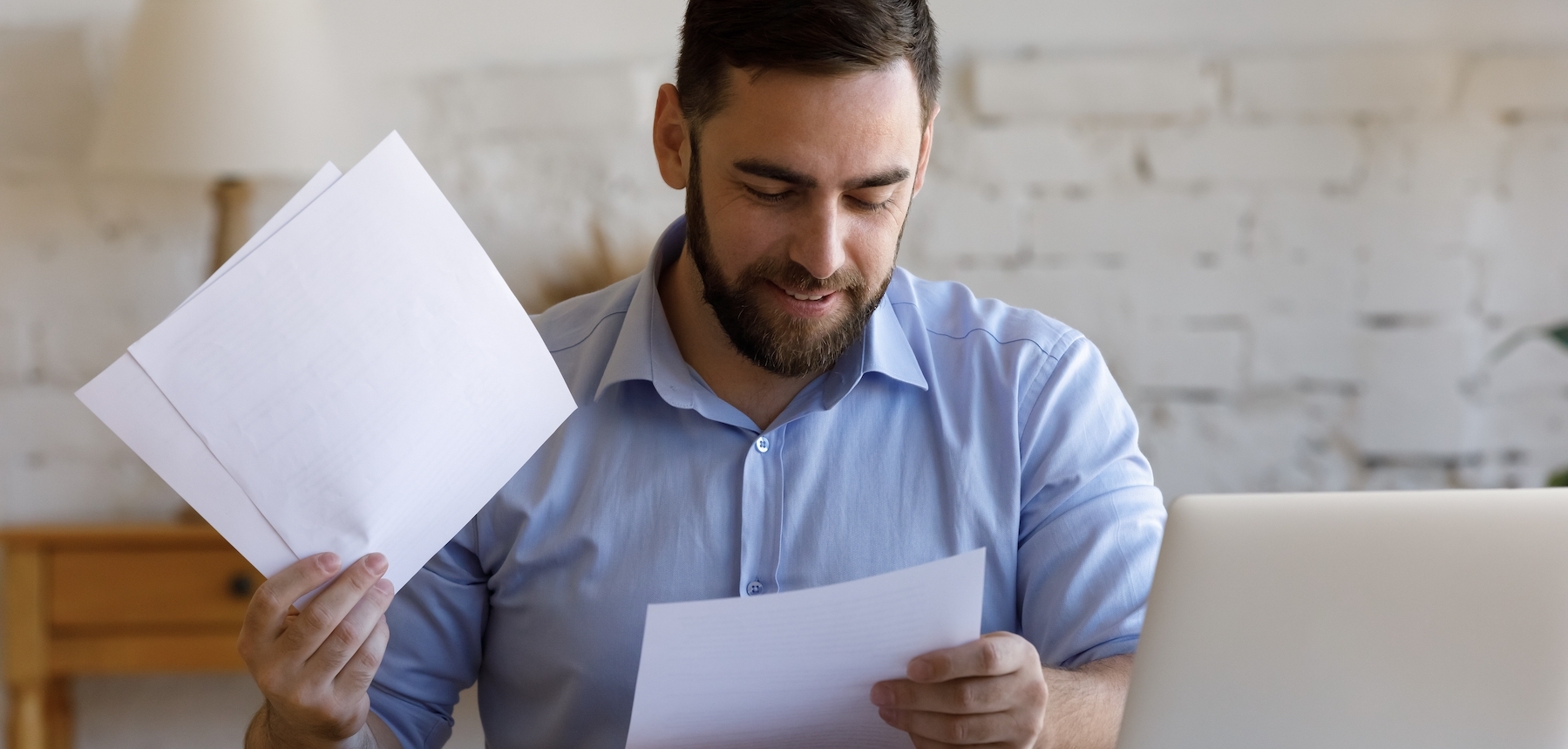As you prepare for your move to Canada, you will likely have many action items to address. A decision that may fall to the last minute is what you should bring to Canada and how to get it there. Understanding all your options, cost implications, and restrictions will help reduce last-minute stress and worry.
In this article, we will walk you through the process and formalities of moving your belongings from your home country to Canada via sea or air. Additionally, to help you save time upon arriving, we will also share certain goods-related forms that you can complete prior to boarding your flight.
Tips:
- Stay organized and plan your move to Canada by downloading the pre-arrival newcomer checklist.
- If moving with children, see Moving to Canada with children for tips to help your kids adapt to their new life and school.
Pre-arrival prep: Completing the BSF186 forms for items to bring to Canada
You’ll need two copies (one for you and one for the border services officer) of:
- Form BSF186, Personal Effects Accounting Document (also known as Form B4) – used for goods you are bringing to Canada with you. Required, even if you have no goods with you at the time of arrival.
- Form BSF186A, Personal Effects Accounting Document (a list of imported goods, also known as Form B4A) – used for goods that will arrive separately, either with your arrival or after your arrival.
Note: Completing these forms prior to arrival is not mandatory but helps save time after you land. If you choose to complete the forms at the airport, after arrival, have all essential information ready to go.
A few additional pointers to consider while completing the forms:
- Both forms should indicate the value, make, model and serial number (where applicable) of all the goods.
- If you need more space to list your goods, you can type out a supporting list and attach it to the original form.
- Goods that arrive later will only qualify for duty and tax-free import if they are on your original list.
Tip: The BSF186 and BSF186A forms will have to be presented to the officer at your first port of entry in Canada. In some cases, this could be the connecting/layover airport in Canada. Therefore, ensure you have them on your person or in your carry-on luggage.
Submitting a self-declaration
This is a mandatory step that all travellers to Canada have to complete upon landing at a Canadian port of entry.
When you enter Canada by commercial aircraft, you will receive a Canada Border Services Agency (CBSA) Declaration Card to complete before you land. The Declaration Card requires you to fill out detailed information on the things that you are bringing with you. If you have any questions while completing the card, you can ask the border services officer upon arrival.
Tip: If you land at select international airports, you can make an on-screen declaration using a Primary Inspection Kiosk. You can also use the eDeclaration mobile app, which can help reduce your processing time at the kiosk by 50 per cent.
Note: If you do not self-declare or falsely declare goods, the CBSA can seize them. This means that you may lose the goods permanently or that you may have to pay a penalty to get them back. Depending on the type of goods and the circumstances involved, the CBSA may impose a penalty that ranges from 25 to 80 per cent of the value of the seized goods.
Bringing goods with you when you land
When you move to Canada, you may bring your personal items and household goods duty-free. However, note that you’ll have to pay duty on any brand new item that hasn’t been used before.
| What is a “duty”? A duty is a fee that the government charges on some goods when they enter Canada. |
|---|
Permitted items: Exempt from duty
|
|
|
Permitted items: Subject to duty
|
|
|
Tips:
- If you’re not sure if you have to pay duty on some items, bring sales receipts and registration documents with you.
- When travelling by air, be sure to check the baggage allowance on your ticket and adhere to it. You may be charged additional fees if your baggage is overweight.
- Plan ahead by using the duty and taxes estimator to help you make informed decisions on the amount of duty and taxes you will have to pay when you return to Canada.
The process for declaring goods upon landing in Canada
- Present the completed forms (BSF186 and BSF186A) to the officer at the airport.
- The officer will then assess the form, complete the remaining fields, stamp it, and assign a file number.
- You will receive a copy of the completed form as a receipt.
Goods arriving separately – either before or after you land
How to ship your goods to Canada
You can choose between sea freight or air freight, depending on the number of goods to be moved, the urgency of delivery, and the cost involved in moving.
| Shipping by sea | Shipping by air |
|---|---|
| Cheaper alternative | Expensive alternative |
| Can take significantly longer to arrive in Canada | Arrives in a short span of time |
| Ideal for large volume and bulky goods | Ideal for small volume and compact goods |
| Need to be picked up from a designated port | Need to be picked up from the nearest airport |
The process to claim your shipped goods in Canada
- Once your shipped goods arrive in Canada, you’ll be notified by the logistics carrier and/or moving company.
- As a next step, you will need to visit a customs depot and present the stamped BSF186A form.
- The customs office will reconcile your copy with the one they have on file.
- Upon a successful match, they will release your goods free of duties and taxes. If there is any discrepancy, you may have to pay duties or taxes.
- You can then arrange for a moving company to transport the goods to your residence in Canada or go to the warehouse and take the delivery yourself.
Note: Once you have the form B186A stamped, there is no time limit on importing the goods to Canada; you can bring them in years or decades later. You can also choose to ship them in a single or in multiple consignments spread out over time.
If goods arrive before you land:
Ideally, your goods should arrive in Canada when you arrive or after your arrival. If they reach Canada before your arrival, they will be held in (bonded) storage at a sufferance warehouse for a period of 40 days, after which time they will be treated as unclaimed. If goods cannot be claimed within the 40-day time limit, you should request an extension prior to the expiration of the time limit at the local CBSA office. Extensions can be granted for a period of up to four years.
If no extension has been granted, the local CBSA office will issue Form E44, Customs Notice – Unclaimed Goods. The goods must then be claimed within 30 days from the date Form E44 is issued, or they will become forfeit to the Crown. Once the goods become forfeited to the Crown, they are subject to disposal and can no longer be claimed by the owner.
Tip: Most logistics and moving companies offer bonded storage service, so be sure to check with them. The cost for bonded storage varies based on the duration for which the goods need to be held.
Knowing what you can bring to Canada: Regulated, restricted, and prohibited items
Bringing money with you to Canada
The money you bring with you should not be included in the form BSF186, and you shouldn’t ship it later with other belongings. If you have $10,000 CAD or more in cash (or the equivalent of cash) with you when you land, you must declare it using the Declaration Card or at the declaration kiosk at the airport. Learn more about currency declaration on the government of Canada website. As a newcomer, you can reduce your reliance on cash by starting the process of opening a Canadian bank account before you arrive and transferring funds from your home country. Book an appointment to speak with an RBC Newcomer Advisor to open your Canadian bank account.
Bringing jewellery or precious ornaments to Canada
Officers may ask you questions about your jewellery or precious ornaments during your customs interview. Make sure you describe these items in detail on your list of goods.
To avoid delays at customs when you enter Canada:
- Use the wording from your insurance policy or jeweller’s appraisal on your list of goods.
- Include photographs of the items
- Know the cost of items or have relevant receipts
Bringing health products and prescription drugs to Canada
In Canada, health products may be regulated differently than they are in other countries. For example, a drug that is available without a prescription in one country may require a prescription in Canada. There are also restrictions on the quantities and types of health products that can be brought into Canada. For more information on importing health products into Canada, please have a look at Health Canada’s Guidance Document on the import requirements for health products.
Bringing your pet(s) with you to Canada
The Canadian Food Inspection Agency (CFIA) requires relevant documents for all animals and animal products entering Canada. Your pet may also require treatment before it can stay in Canada. You are responsible for all costs related to your pet. For more information related to specific animals, birds, amphibians, reptiles, and any exotic species, see the guidelines specified by the government of Canada and import rules for travelling with pets.
Bringing your vehicle with you to Canada
Vehicles you bring into Canada for personal use are duty-free. However, there may be some limits. Cars must meet Canadian safety and pollution control standards. Learn more about importing vehicles into Canada.
Some consumer products are regulated items in Canada and must meet Canadian safety requirements. Examples include:
- Car seats, children’s sleepwear, cribs, strollers, toys, hockey helmets, face protectors, and playpens, etc. For more information, please visit Health Canada’s Bringing Consumer Products into Canada webpage.
- Used or second-hand mattresses, unless you have a certificate, letter, or any other document signed by a person qualified to clean and fumigate that clearly proves that the mattresses have been cleaned and fumigated.
Restricted items
- Firearms: There are different restrictions on bringing firearms into Canada, depending on if you’re a permanent resident or planning to move to Canada. You must declare all weapons and firearms at the CBSA port of entry when you enter Canada. If not, you could face prosecution, and the goods may be seized.
- Endangered species, animals, and plants: Parts or derivatives of endangered species can be found in many common souvenirs such as clothing, jewellery, musical instruments, herbal or traditional medicines, cosmetic creams or food products. The fact that they are available does not mean that they can be legally bought or sold or brought across the border. It is your responsibility to know if you are importing restricted wildlife species (plants and animals, and their derivatives) – check the CITES Species List, and follow all of the requirements to transport them legally. Global Affairs Canada may require permits and/or impose an import quota on certain commodities.
- Specific foods, plants, animals, and related products: The food, plant and animal-related products that pose a risk to Canada are constantly changing. Refer to CFIA’s Automated Import Reference System (AIRS) to obtain the latest CFIA import requirements.
- Cultural property: Some antiques or cultural objects considered to have historical significance to their country of origin cannot be brought into Canada without the appropriate export permits. Before you import such items, you should contact Canadian Heritage.
- Explosives, fireworks and ammunition: You must have written authorization and permits to bring explosives, fireworks and certain types of ammunition into Canada.
Prohibited items
- Hate propaganda and obscene material cannot be imported into Canada.
- Some consumer products like baby walkers, infant self-feeding devices, jequirity beans (and items containing them), and lawn darts with elongated tips. For a full list of items, refer to the Canada Consumer Product Safety Act Quick Reference Guide – 2011.
Moving to a new country is a huge undertaking. Moving your belongings is something that takes careful consideration and planning. Starting your preparations well in advance will help you stay calm and aid in completing all landing formalities smoothly.






